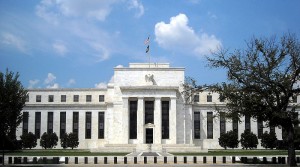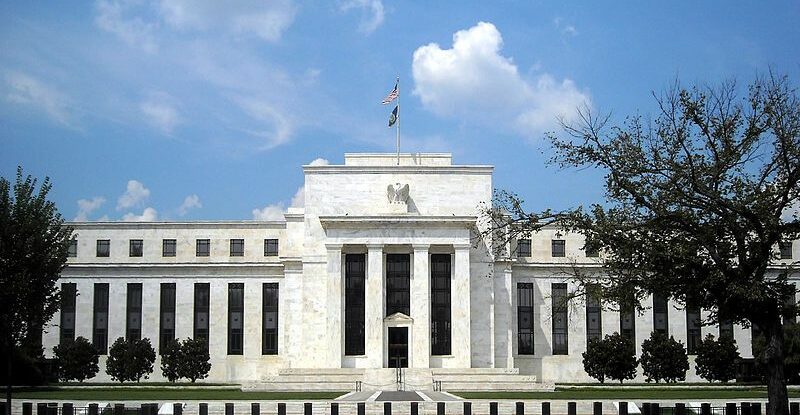
The cyberworld is buzzing from Janet Yellen’s announcement she’s not yet going to permit interest rates to find their market level. Gradually, slowly but inexorably, even central bankers are beginning to acknowledge the Fed doesn’t have a clue how to make the economy grow.
“Central bankers have injected roughly $8 trillion into the global economy since the financial crisis. In return, the world has remained in a low-growth rut,” is the lead paragraph of a front page story in Friday’s Wall Street Journal.
Their central theory that manipulating money and interest rates artificially can spur growth is being disproven. Their tools don’t work.
Raghuram Rajan, head of India’s Reserve Bank, is one of the few to point out the increasingly obvious fact that the monetary emperors at the Fed have no clothes: “Finance, especially as motivated by central banks. . . can’t be the underlying driver of economic growth,” he acknowledged.
One of the core misconceptions of the reigning monetary theories, which George Gilder dispels in his APP monograph, “The 21st Century Gold,” is that the only bad economic consequence of manipulating money is inflation. No inflation, no bad economic consequences, the regnant theory suggests.
Aside from Gilder, David Malpass is one of the few to connect the dots here: Artificially zero interest rates are killing the middle economy while boosting the incomes of the 1 percent by creating an artificial bubble in stocks and Manhattan penthouses:
The Fed’s new economic forecasts highlights its insecurity over markets, policy tools and its own effectiveness. It lowered GDP forecasts for 2016-17 and provided a dismal 2% forecast for real growth in 2018 and beyond. It also lowered its interest-rate expectations for 2016-18, basically admitting that the tools aren’t working as expected. Still there is no intention of changing course.
Persistent near-zero interest rates punish savers and hurt income growth for average U.S. households. Meanwhile, income inequality worsens as credit flows up the pyramid form middle-class savers earning paltry returns to the upper crust leveraging itself with cheap credit and stock gains.
New census data this week showed that real median household incomes are still falling, down 1.5% in 2014 from 2013. It’s a terrible setback for the middle class this far into a recovery, and the Fed should be urgently rethinking its policy.
So should Republican presidential candidates rethink their economic policy. So far none have held the Fed to account for its role in the falling standard of living for the middle class.
In moving toward outsiders like Trump, Carson, Fiorina, and even Sanders, voters are jumping up and down and telling elites: it’s really bad out here.
They want someone who notices. But even more importantly, they are going to expect the next president to make a difference, to restore vigorous economic growth.
That is not going to happen without a president willing to admit the Fed’s faith has failed.
Maggie Gallagher is a senior fellow at American Principles in Action.


